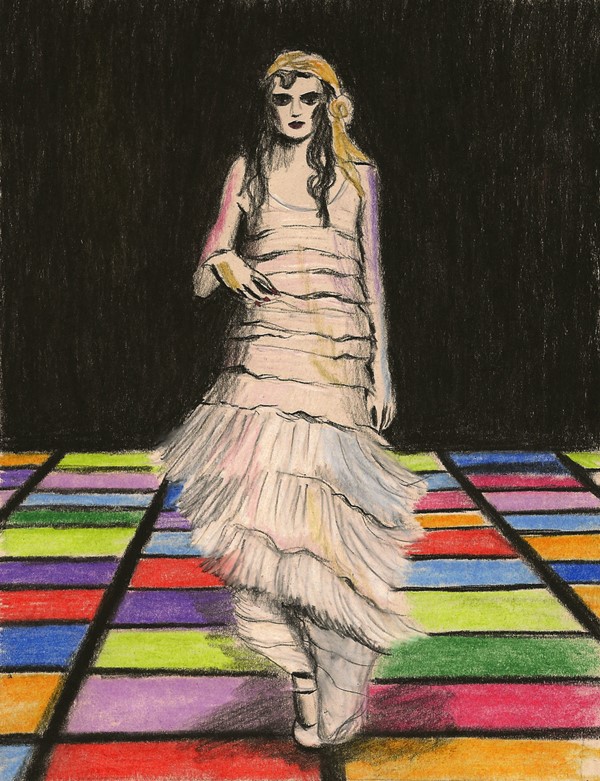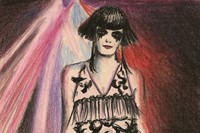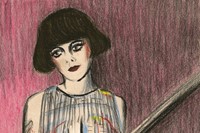There’s little in fashion that can’t be accessorised with a blunt and heavy fringe – faces, foreheads, feet and flapper dresses all stand to benefit from spring/summer’s profusion of texturising tassles and swishy, stringy bits...
There’s little in fashion that can’t be accessorised with a blunt and heavy fringe — faces, foreheads, feet and flapper dresses all stand to benefit from spring/summer’s profusion of texturising tassles and swishy, stringy bits.
From the thick and woolly signature fringing on Mark Fast’s idiosyncratic cobweb-knit dresses to the stiffer embellishments that gilded hems at Chanel, such dripping fripperies speak of the inherent freedom and movement of womens’ dress. Fringing first made an appearance in Western fashion during the late nineteenth century, as methods of silk weaving became more daring upon the advent of machinery and further delving into the artisan traditions of ‘The Orient’. Prior to that, it was the stuff of exotic fantasy, adorning the costumes of belly dancers and charismatic princesses from the Arabian Nights saga.
It wasn’t until the Roaring Twenties that they truly fulfilled their potential, when they came on layered and tiered shift dresses that freed up the wearer’s limbs for moving and, more specifically, doing the Charleston. The point of fringing is to highlight the fluidity and athleticism of the body in motion with responsive flutterings and suggestive dangling. Rich and sumptuous fringing spiralled down to the trains of full-length dresses at Galliano’s own-label show; the designer is known for channelling specifically that era of Art Deco when the fringe really came to the fore.
Likewise, Marc Jacobs looked to Art Nouveau in his collection for Louis Vuitton, which summoned the Orientalism of the Thirties with fringed cheongsams and cocktail gowns in a variety of bright and bold colours. It is a testament to the versatility of fringing that it can evoke and invoke such instantly different connotations: techy-tribal prints at Versace seemed both ancient, with Cycladic patterns, and modern, with digital prints, both of which merged into fringed hems on sporty minidresses. Meanwhile, knotted wool skirts at Dior spoke of the loom-woven fringe, something rather more homespun than the glitzy beading at Chanel. And let’s not forget Margiela’s interpretation of fringing in his anniversary show for spring/summer 2009, where coats came made from synthetic hair wigs.
After seasons of stiff and starchy separates that have promoted durability and wearability comes a trend that incorporates not only the most ancient aspects of decadence but also the most modern virtues of frippery. The fringe – it’s time to grow yours out this season.
Zoë Taylor has appeared in Le Gun, Bare Bones, Ambit and Dazed & Confused. She is currently working on her third graphic novella and an exhibition.



